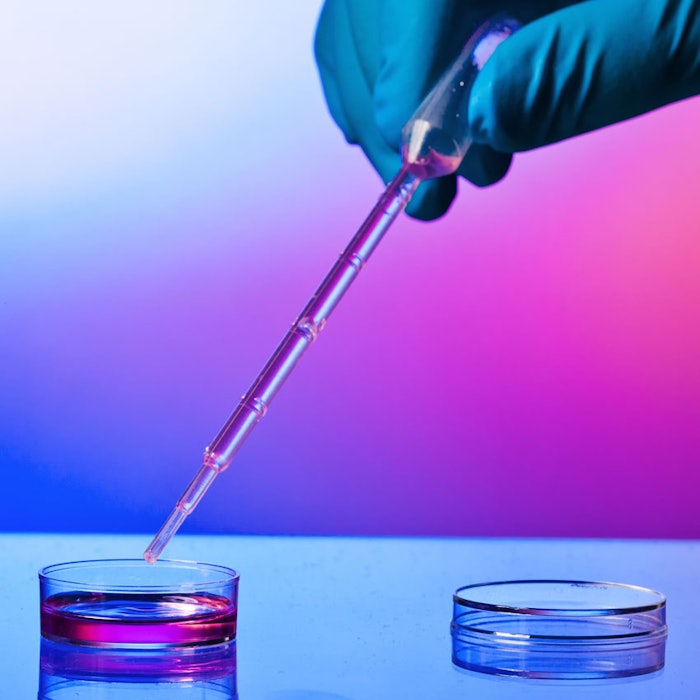
We recently reported on the collaboration between cosmetic ingredient supplier Gattefossé and French biotech company CYTOO to investigate the effects on skin of blue light emitted from electronic devices. Here, Luc Selig, Ph.D., CEO of CYTOO, explains this process, in brief.
Cosmetics & Toiletries: According to your news announcement, CYTOO can monitor the fusion and fission processes of mictochondria, and therefore skin health, using a "high content screening assay" based on micropatterning technology—which you describe as "a method to guide cell shape and monitor cell fate." Can you explain these aspects of the test in more detail?
Selig: A high content screening assay is a method of testing active ingredients on living cells by gathering and analyzing a high level (i.e., quality and quantity) of data about what’s happening in the cells. High resolution images are taken directly from observing the cells and marking inside proteins with so-called markers or antibodies. Hence, it is possible to precisely see what is happening in cells upon treatment with active ingredients.
The high content assay is a cell-based assay, as opposed to a biochemical assay; for instance, to test the enzymatic or catalytic activity of a given protein involved in, say, aging.
Regarding micropatterning, [consider] conventional cell cultures, used to replace the need for animals, which [mainly are maintained by] providing nutrients to the cells. In the body however, cells receive mechanical cues from adjacent tissues and cells. Micropatterning restores such mechanical cues in vitro to the cell culture, hence providing a more physiologically relevant environment.
Micropatterned cells [more accurately] resemble human in vivo cells. The technology itself is [aims to grow] cells on a specifically designed adherent surface, with a defined shape, size, and adhesion matrix.
Combining micropatterning with the high content assay allows for the testing of active ingredients in a precise and predictive way. Together with the device developed by Gattefossé to mimic artificial light, and their expertise and ingredients, it has rocketed the science and creates great products for customers.










